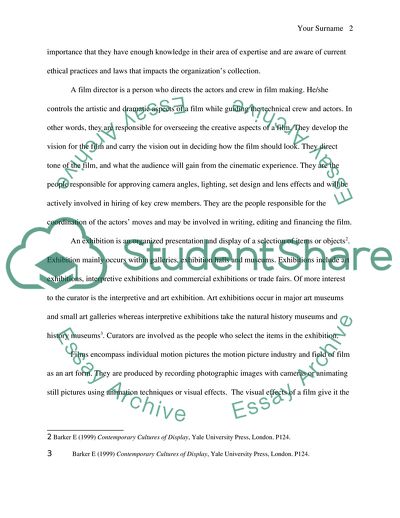Cite this document
(Similarities and Differences in the Use of Objects in Films and Coursework - 1, n.d.)
Similarities and Differences in the Use of Objects in Films and Coursework - 1. Retrieved from https://studentshare.org/visual-arts-film-studies/1739109-curating-essay
Similarities and Differences in the Use of Objects in Films and Coursework - 1. Retrieved from https://studentshare.org/visual-arts-film-studies/1739109-curating-essay
(Similarities and Differences in the Use of Objects in Films and Coursework - 1)
Similarities and Differences in the Use of Objects in Films and Coursework - 1. https://studentshare.org/visual-arts-film-studies/1739109-curating-essay.
Similarities and Differences in the Use of Objects in Films and Coursework - 1. https://studentshare.org/visual-arts-film-studies/1739109-curating-essay.
“Similarities and Differences in the Use of Objects in Films and Coursework - 1”. https://studentshare.org/visual-arts-film-studies/1739109-curating-essay.


